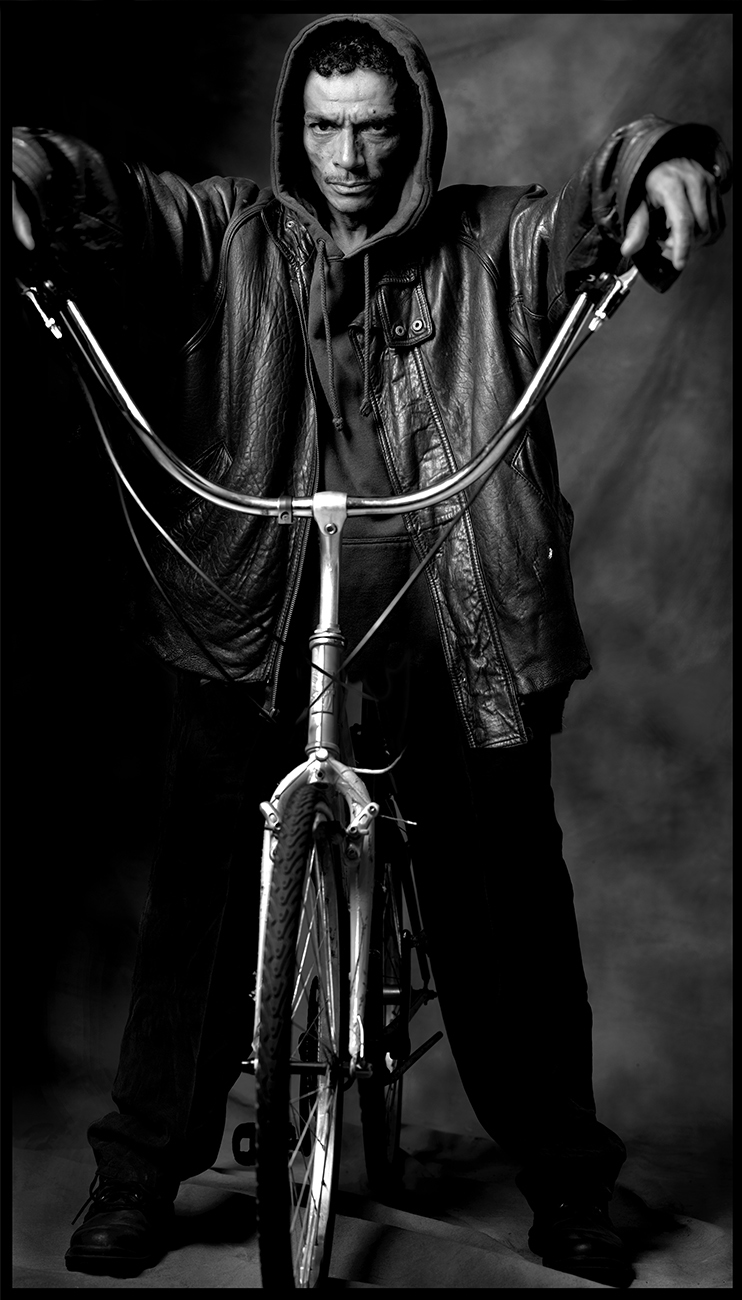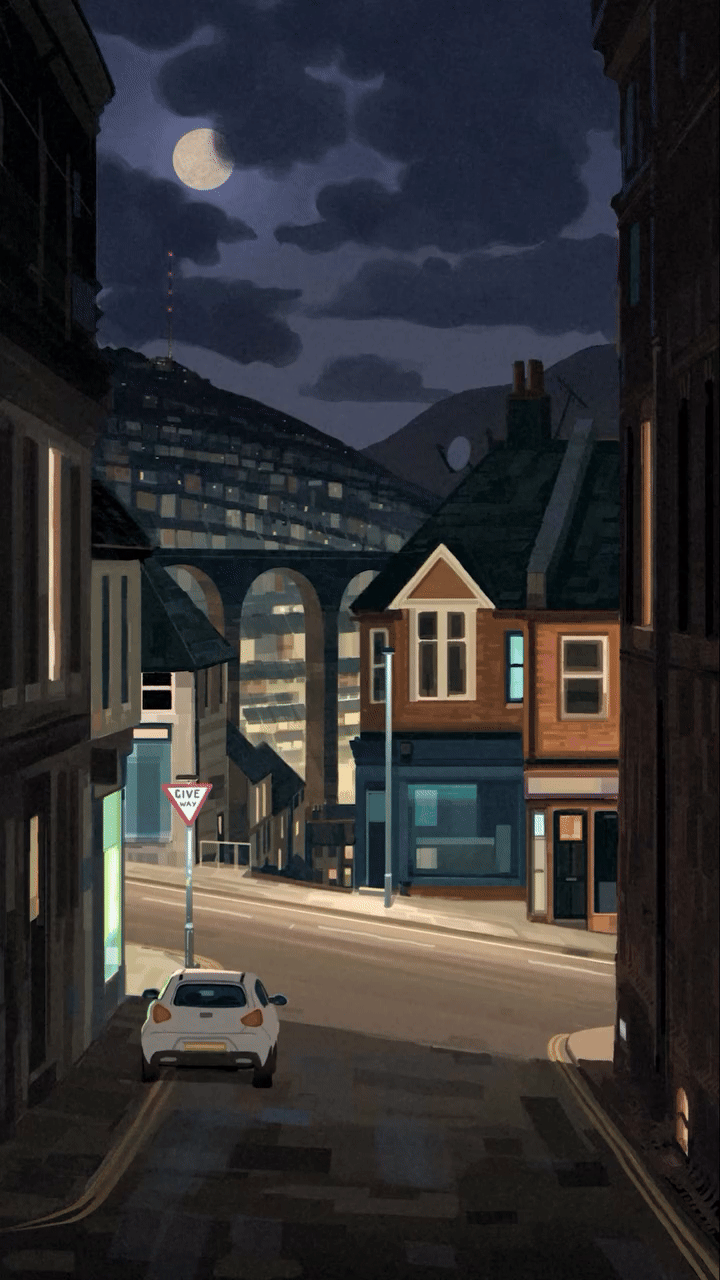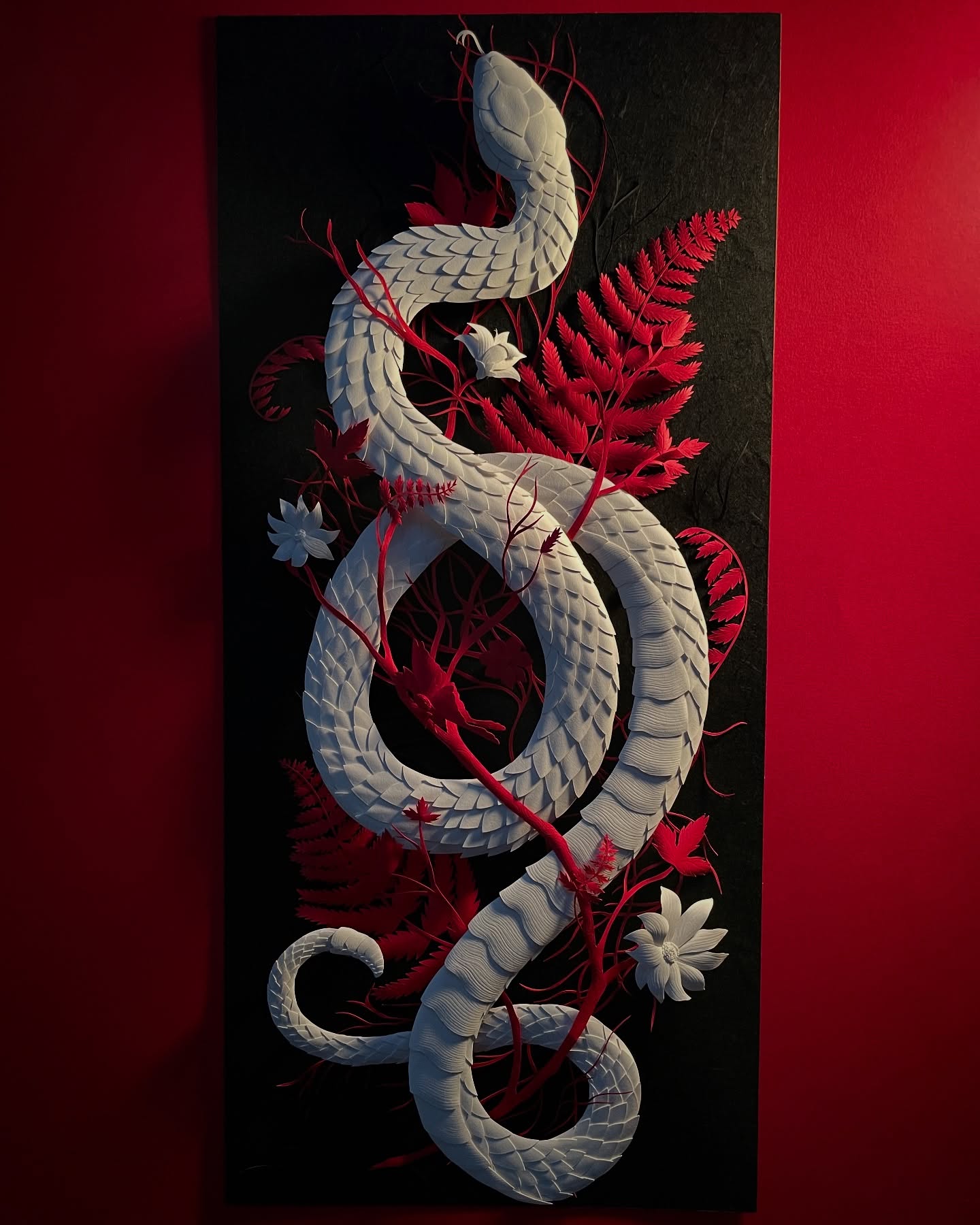Workbook Radio producer Jacqueline Lopez interviews Workbook Photographer Mark Laita about his personal project SOFT WHITE UNDERBELLY. Ten years in making, it’s now taking social media by storm. In this first episode, Mark talks about the origins of Soft White Underbelly, a video series honoring those we often look past.
TRIGGER WARNING: THIS INTERVIEW CONTAINS SUBJECT MATERIAL THAT MAY NOT BE SUITABLE FOR ALL AUDIENCES. READER DISCRETION IS ADVISED.
JL: [Can] you just give a brief synopsis of what [Soft White Underbelly] is? If you can…, in a nutshell?
ML: It’s a collection of interviews and portraits. Portraits are hard on social media, but somehow, I incorporate them into the video. That’s the best I can do because there’s no good platform for photography on social media. So, I work a portrait into the video. But it’s a series of interviews basically of people that you don’t typically get to know anything about. From prostitutes to heroin addicts, to drug dealers to gang members, to…gambling addicts to pimps to- you name it. All kinds of interesting characters, mobsters, you know. Like mafia… all kinds of characters that you just, you don’t really get to find much about.
And I’ll ask them all kinds of stories. Like what their childhood was like, what kind of family they came from. How they got into this line of work or this situation that they’re in and just listen to them. There are some interviews where I don’t even…I barely ask them one or two questions and they just go.
JL: It’s like they just need someone to talk to. They just need that platform to share.
ML: Yeah, those are my favorites where I barely speak. I think there was one or two where I think I might have said one sentence at the beginning and one at the end and that was it. And those are my favorite.
JL: [I] happened upon [the series] just out of… it just showed up in my [YouTube recommendations] and it was just so fascinating to me because I think we spoke about this; there’s a lot of television shows, a lot of media portrays [these lives through] a very specific lens and it’s very edited. It’s very refined for network.
ML: Yeah, these are raw.
JL: Yeah, and these are just unabridged and yet they’re done so beautifully. I have to ask what really inspired this project for you?
ML: I’m a photographer, I’ve been a photographer since I was 14 and even when I was 14 back in Chicago, I did portraits of the homeless people down there. I just thought that was interesting, like, ‘oh my god these people come from some other…’ I don’t know what my fascination was then but I’m sure it’s somehow closely related to what it is today. So I was always doing photographs. I started going down to Skid Row, I got a studio down there. I had my studio for advertising projects in Culver City, but I was so enamored with this little part of LA that was going on down in Skid Row. And I’ve been up to San Francisco’s Tenderloin as well and I’ve [shot portraits] up there.
I got a studio [in Skid Row] and I started doing portraits and I got some great portraits down there. But at one point I got to know some of the people that I’d photographed and started hearing their [stories] like, ‘jeez.’ And Canon had come out with those cameras that did video, the 5Ds and stuff. So, I was like, ‘you know, let me do an interview with you.’ Caroline was the very first one I did, a heroin addicted prostitute (tearing up) and it was so…powerful…that I said shit, this is worth taking seriously. Not just doing one or two but doing a whole series of them.
JL: Yeah, how it moved you. The curiosity led to this discovery.
ML: Yeah, so I did a bunch more but then I kind of dropped it. Life gets in the way. I got a divorce and all kinds of other things that just kind of pulled me away. But with all the craziness that’s going on in the industry in the last 10 years, at one point I just sat and [thought] what am I doing? I’m a good visual artist and all I really do is help companies like Apple and Revlon and Mercedes-Benz make even more money…that’s what I’m doing? That’s my role on this planet? To do that? And it just seemed really…When I was in my 20s and 30s that was cool. That was great. I was proud of everything that I did. And I’m still proud of my advertising career. But it was just…that’s it? That’s the best you can do with yourself? So I started doing this and it just kinda turned into something even more powerful as I went along.
JL: I think what’s so powerful about it is…the rawness and just the way you capture it is… I think you almost have to have that full circle of experience to really…I struggle to find the right word, but it is such an angelic portrayal. The way that you set [your subjects] in front of camera. Was there a thought process behind the composition?
ML: Well, you’re just honoring them. That’s how I see it. You’re treating them the way you would treat, you know, a dignitary that you’re photographing. People think, ‘oh, I’ve got a bomb in front of my camera.’ I’m going to do everything right. I’m going to make it really beautiful and special. That’s the way I treat a heroin addict who’s working as a prostitute and lives on the sidewalk. You treat them the exact same way. It’s just a human.
JL: Has your process changed in any way from the way you conceived it and putting it into a series, what was that thought process?
ML: I mean in terms of the concept; I tend to be concrete in terms of my self assignments. I make a decision like, ‘I’m going to do x,’ and I never vary from that. Even if it’s not the best plan. Even if there’s like ‘oh man, if you did this it would be better.’ Yeah, but the plan was that. I’m sticking with it. I’ve gotten better at doing the interviews. I’m sure I’m asking more interesting questions. Like I listen to some of the first ones I did and I’m like, ‘oh, jeez I shouldn’t have asked that.’ I was younger then! That was 10 years ago. Lots has changed since then.
No, I’m basically doing the exact same thing. I look at some of the earlier videos and the audio is really bad because of where I shoot. I’ve had three studios down on Skid Row. And this is not a Skid Row project, even though 90 percent of the interviews are from Skid Row. In time you’ll see that it’s not. I think I’ll probably start travelling soon and I’ll end up in other parts of the country, [find out] what goes on down there. All the dysfunction for our country, it goes on in every state. It’s not just in LA or Skid Row.
And that’s really what this work is about. All the problems that’s involved in being human, and all the problems that we have as a country, that’s really what I’m kinda trying to explore. So if I go to Kentucky or New Jersey or North Dakota or Texas or Florida, it’s like, there’s something going on in all those places. It just looks a little different. It might be poverty. It might be drugs like Skid Row. It might be…there’s so many different things that are going on. It’s human nature to just look away. You know, the Whole Foods is this way. Don’t look at that.
JL: And that’s where I think you have this juxtaposition because…as a society we have these preconceived notions of these kinds of people and the way you, like you said, you honor them and you put them in this light it is a shellshock because you do see the frailty and the vulnerability and the connectedness.
ML: A friend of mine that I’ve known for, since I was in my late 20s, reminded me recently. She goes, we’re talking about this project and she goes, ‘I remember going out to dinner with you once and we saw a homeless guy on a street corner panhandling, and you just mumbled something under your breath saying get a job.’…I did…Yeah.
JL: You started this 10 years ago and was it on YouTube 10 years ago?
ML: No, I just started putting it on YouTube maybe 7, 8 months ago.
JL: Okay. And was that always part of the plan?
ML: No, no I don’t really get involved in social media. I don’t know anything about it.
JL: So what started that [uploading] and where did the name Soft White Underbelly come from?
ML: Winston Churchill, when he was advising the United States during World War II [on] how to attack Germany called Italy the soft white underbelly of Europe, meaning it’s the most vulnerable part. And that’s the way you’d get to Germany. So this is kind of like the vulnerable part of our country.
JL: And so for you, you put it [on YouTube], it’s a piece for you, it means so much. Did you expect the reaction that you’ve been receiving?
ML: Well, you know, two weeks ago I had I think 2,000 subscribers. And that I can accept, that I expected. Maybe it was a little more than that, 2,500 or something. And I remember saying to somebody like, ‘oh wow! I got 100 subscribers yesterday. That was cool!’ And I was impressed with 100 in one day. The next day I got 350. I’m like, ‘what the…?’ And then the next day I got 700! And then the next day I got 1,800 and then the next day… A week later, I got 80,000 subscribers a whole bunch of days in a row, last week. And then it backed off a bit. But it’s like now I’m close to half a million. From 2,000. Two weeks ago it was 2,000 and now it’s half a million.
JL: And it’s such a testament to the work that you’ve done. I really do believe it’s just… what I love about it is you’re giving these people their space. What else have you learned through this process that you didn’t expect to?
ML: Well I mean, to me, these are extreme stories. I’ll talk to 8 people and I’ll use 1 out of about 7 or 8.
JL: Wow. The emotional energy…
ML: Yeah, it’s really draining. Super hard. I don’t know anybody else that would have the skill set to do what I’m doing other than me because there’s zero… I’m not judgmental in the slightest with a guy who’s raped and murdered a girl. He raped his mom, he raped a girl and murdered her, and he talks about it and he said he would do it again and I’m not judging him. I’m just listening to him going, ‘what happened to you as a child?’ I’m thinking. And he’s telling his story and I understand his story is his side of it. I’ll bet you his family has another side, and somewhere else is the truth. Who knows what the actual story is. And that’s the case with a lot of these. You’re hearing one side of the person’s story. You hear the other side, maybe the spouse’s or the kid’s or the family’s side of it, and that would sound very different. And who knows what the actual truth is. But certainly, there’s some truth in all these stories, I think.
Listen to the full episode below.
For more on Soft White Underbelly, visit Softwhiteunderbelly.org.
Click here for more of Mark Laita’s work on Workbook.
Mark Laita is represented by Heather Elder Represents.




